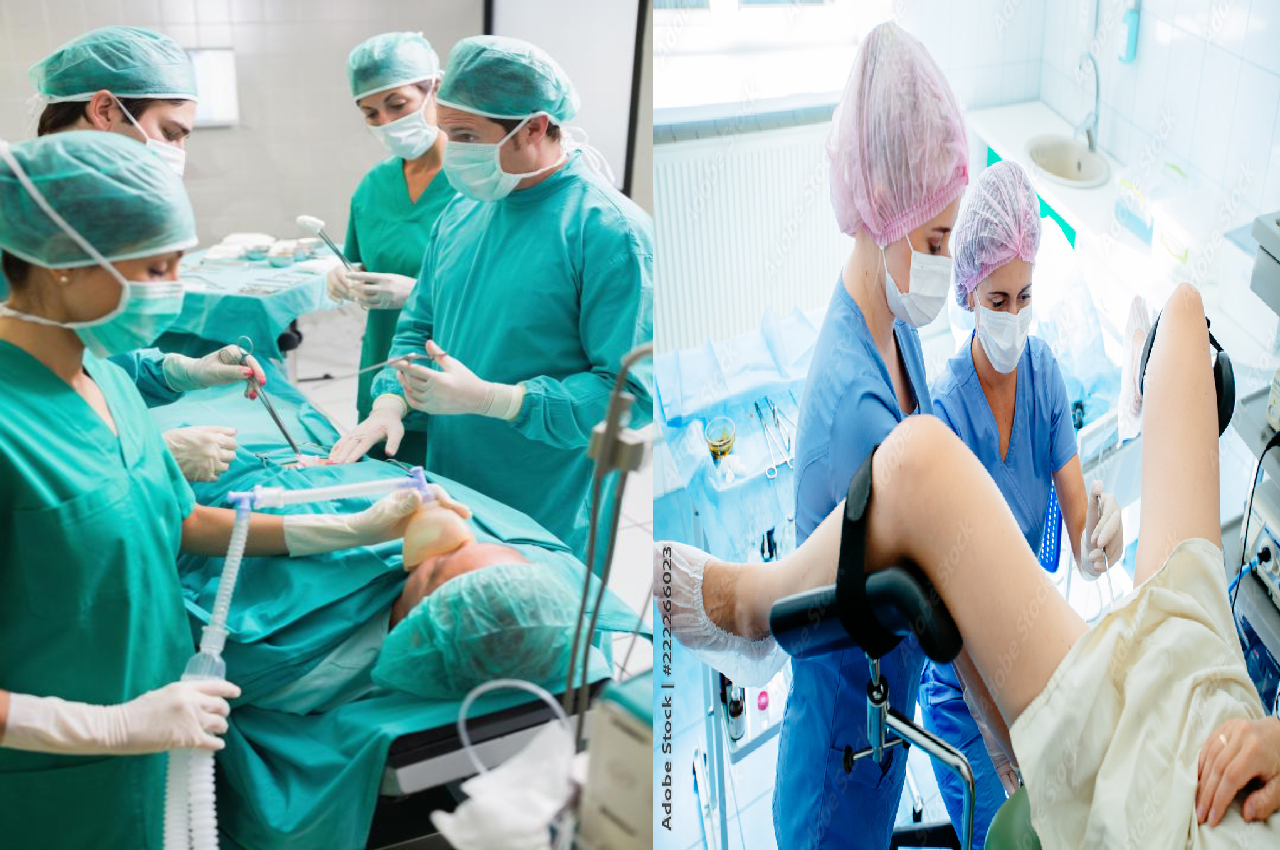Uttar Pradesh: A man in UP was born with both male and female reproductive organs. He was successfully operated in Faridabad’s Amrita Hospital by a team of specialist doctor. The man was suffering from Persistent Mallerian Duct Syndrome (PMDS). It is a rare genetic disorder of sexual development that affects men.
A biological man develops both male and female reproductive organs in this medical condition. This occurs as a result of improper development of the gonadal structures, which are developing throughout pregnancy and are reproductive glands that create hormones. Instead of vanishing as they would ordinarily do, female structures, including the uterus, fallopian tubes, and occasionally the ovaries, develop in a male infant and last into adulthood.
Due to this oddity, the individual was experiencing a social and emotional handicap. He had been married for five years but had never been able to have children. He received tests for his endocrinological, genetic, and psychological profiles at several hospitals in India. Afterwards, he went to the Faridabad Amrita Hospital.
Head of Uro-Oncology and Robotic Surgery Dr Manav Suryavanshi said, “The patient came to us seeking a redressal for his predicament at having both male and female reproductive organs. On examination, we found that his testes were still in his abdomen.”
He added, ‘An MRI scan revealed that he also had female reproductive organs like the uterus and fallopian tubes inside his body. The patient was suffering from persistent Müllerian Duct Syndrome (PMDS) since birth and was completely unaware of it. PMDS is a rare condition with less than 300 cases reported in medical history worldwide.”
While about taking about the case Dr Manav Suryavanshi stated, “The case was particularly complex as it involved combined male and female anatomy in a single person in the same area of the body with intermingled and fused anatomical structures. Such surgeries need sound anatomical knowledge, as the risk of damage to normal male structures and ureters draining urine in the vicinity of female structures is high.”
“However, with our planning and a robotic surgery approach, we could achieve a result that was satisfactory to the patient. The robotic technology helps due to its deeper reach in the pelvis, magnification, and human hand-like dexterity, while still allowing the surgery to be performed through keyholes”, Suryavanshi added.
The patient recovered more quickly thanks to robotic keyhole surgery and was comfortably released two days after the procedure. He received advice regarding the necessity of hormonal replacement therapy and has since recovered to enjoy a typical life.
After the surgery patient expressed by saying, “I am very happy with the results of the surgery, and now I look forward to leading a normal life. This is a big burden off my chest. I thank the doctors for attempting surgery for this rare condition and making it a success.”













